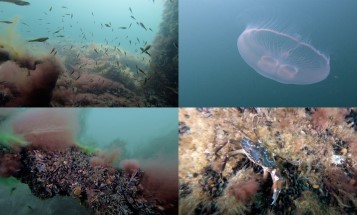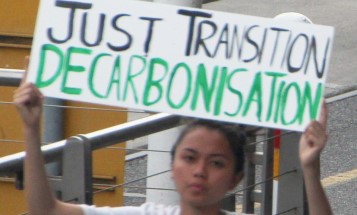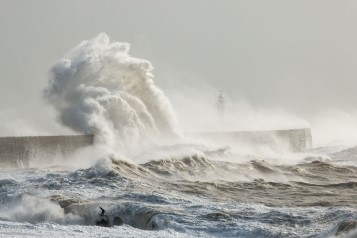
The Finnish final repository for spent nuclear fuel is being built using the method developed by Swedish Nuclear Fuel Management Company SKB. The repository is expected to receive its first spent fuel in the middle of the 2020s and will thus be the first of its kind in the world.
The handling of spent nuclear fuel has been a source of debate since the first commercial use of nuclear energy in the second half of the twentieth century. On the one hand, nuclear fuel is a large source of fossil-free energy. It does, however, come at its price, as spent nuclear fuel is highly radioactive. In 2022, the European Union included nuclear energy into its EU taxonomy for sustainable activities after rigorous debates, thereby promoting investment into its production. As nuclear power will remain part of the European energy mix, member states are looking into final disposal options.
Sweden and Finland are the global frontrunners in the push for a final solution to the increasing volumes of spent nuclear fuel. In Finland, Posiva has been tasked with the responsibility of building and operating Finland’s final repository, based on a method developed by Swedish Nuclear Fuel Management Company SKB. Posiva has constructed such a facility and is in the process of obtaining a license to operate it. Finland will thus be the first country in the world to provide a repository in which nuclear waste can be safely stored for at least 100,000 years. Direct radiation will approximately decay already within 1,000 years. Afterwards, the spent nuclear fuel would still be damaging to the body upon ingestion, which is why it will remain inside the repository.
Posiva
The Finnish company Posiva was established in 1995 with the task of handling the final disposal of the spent nuclear fuel generated by its owners, the nuclear plant operators Teollisuuden Voima and Fortum.
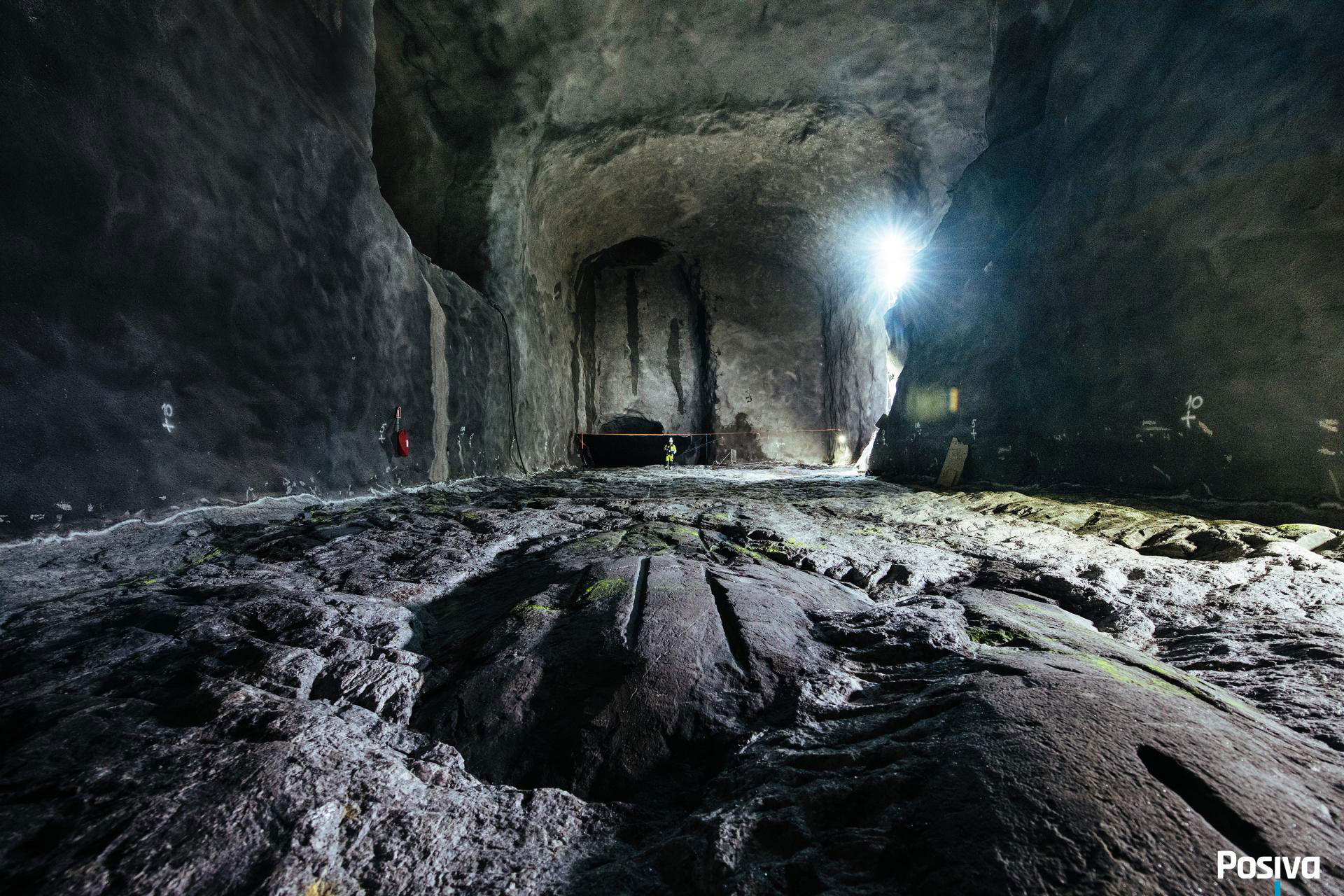
Final repository on Olkiluoto Island
Decades-long research into geological conditions led to the confirmation of Olkiluoto Island as the site best suited for Finland’s final repository. There are two generally accepted final disposal options, near-surface disposal and deep geological disposal. In 2000, the Finnish government concluded in a decision-in-principle that the latter option was preferable, and Posiva was asked to provide an in-depth study of the Olkiluoto bedrock.
Pasi Tuohimaa, spokesperson at Posiva, explains:
“In order to reach the depth of the future repository at about 430 metres, Posiva decided to construct the ONKALO facility, a combination of shafts and an access tunnel, in 2004. The bedrock condition was found to be suitable, so ONKALO was confirmed as the site for the repository. The construction license was granted by the Finnish government in 2015. ONKALO will continue to expand. Its tunnels will eventually reach a length of around 50 km.”
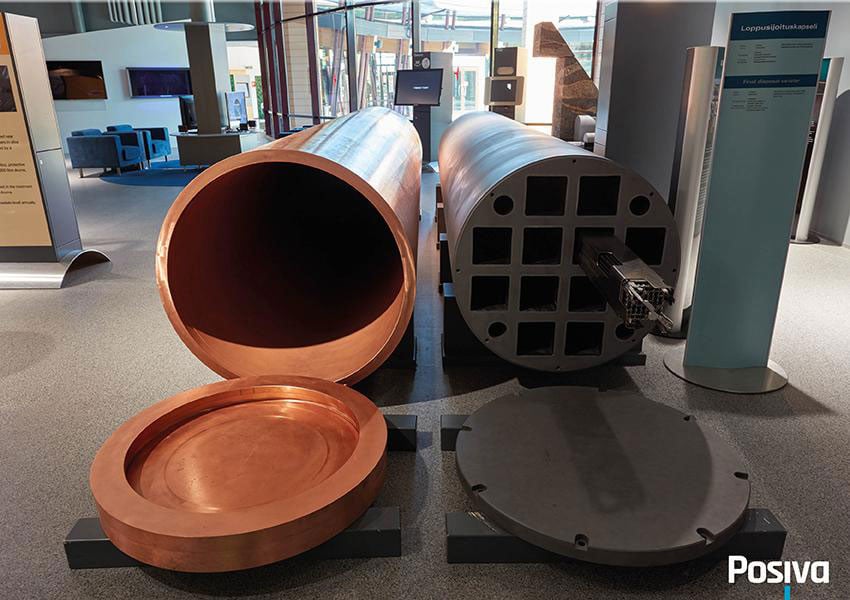
Posiva determined the exact location of the repository by drilling holes into the crystalline bedrock and taking groundwater samples. The repository will be located where cracking of the bedrock and groundwater movement are minimal. Rigorous testing ensures long-term functionality, even in the case of extreme events such as earthquakes or coming ice ages. In Finland, 6,500 tons of spent nuclear fuel will be placed into approximately 3,250 canisters. It is method described below that will ensure the containment of radiation inside the repository to offer maximum protection for human beings and the environment.
SKB and the Swedish KBS-3 method
The method used by Posiva in Finland has been developed by the Swedish Nuclear Fuel and Waste Management Company, SKB. The method is called KBS-3, and SKB is currently working on what will be the world’s second final repository. It will be located close to Vattenfall’s Forsmark nuclear power plant in the municipality of Östhammar, north of Stockholm. The two companies have long been collaborating on final disposal solutions, also due to the fact that bedrock conditions are similar in both countries.

“In Sweden, approximately 12,000 tons of spent nuclear fuel will be stored in 6,000 copper canisters. The KBS-3 method uses several barriers to contain the radiation. The canister is the first barrier. The cast iron insert ensures stability, and the copper case prevents corrosion. The second barrier is bentonite clay. It will be placed around the canisters, so it can absorb surrounding water and expand. The clay will keep the canisters in place and protect them from movements in the bedrock. It will also keep the water away from them. The third and final barrier is the bedrock itself. The canisters will be placed safely at a depth of about 500 metres below ground,” says SKB Pressofficer Jenny Rees. The Swedish final repository is expected to start operating in the mid-2030s after all necessary licenses have been obtained.
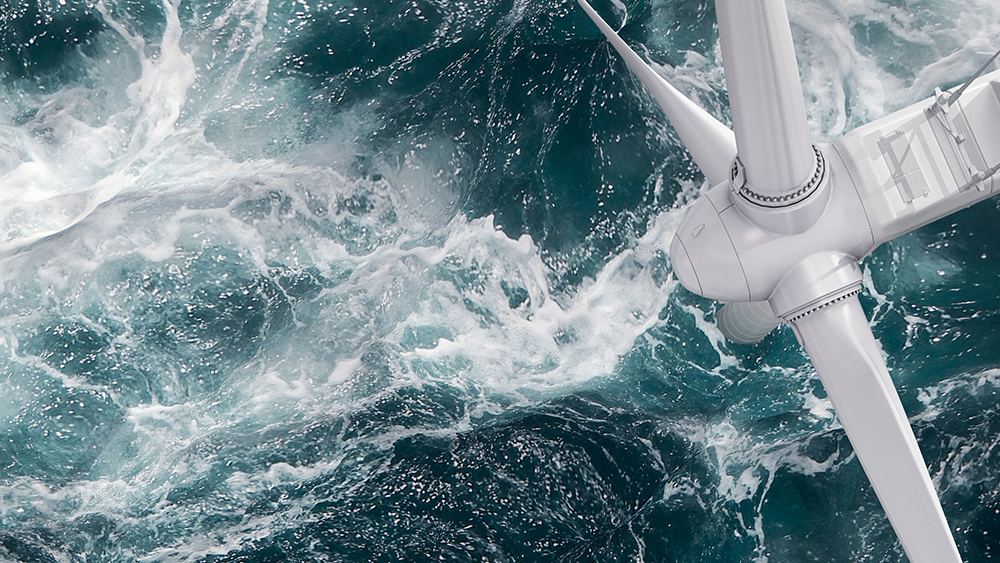
Sign up for our newsletter THE EDIT
THE EDIT is Vattenfall's new monthly newsletter. Each issue highlights a new burning issue from the world of sustainable energy and fossil freedom.
Future plans for spent fuel management
There is general agreement that each country is responsible ethically as well as legally for disposing of their own spent nuclear fuel. More than 50 countries worldwide are currently exploring options with regard to local geological conditions. Among the few planned projects, the French final repository will most likely be the third of its kind in the world. The expected commissioning date for the deep geological disposal facility named Cigeo is 2035. Andra, the French national radioactive waste management agency, will build the facility in the French departments of Meuse and Haute-Marne.
As the world is searching for solutions, international cooperation is essential. An important aspect to consider when it comes to disposal is the question of how to communicate the location and function of final repositories to future generations.
Jenny Rees emphasises that the world is deliberating on solutions together:
“Research is being carried out on preservation of information and knowledge through generations, and several countries are jointly looking at different ideas. The question is how to pass the message and all relevant information on to future generations. In Sweden, a concrete plan has to be presented when the final repository is sealed in 2090.”
What is commercial spent nuclear fuel?
“Spent fuel refers to the nuclear fuel that has been used in a reactor.
The fuel used in today’s commercial reactors is made up of small ceramic pellets of low-enriched uranium oxide. The fuel pellets are stacked vertically and encased in a metallic cladding to form a fuel rod. These fuel rods are bundled together into tall fuel assemblies that are then placed into the reactor.
The fuel is a solid when it goes into the reactor and a solid when it comes out.”

